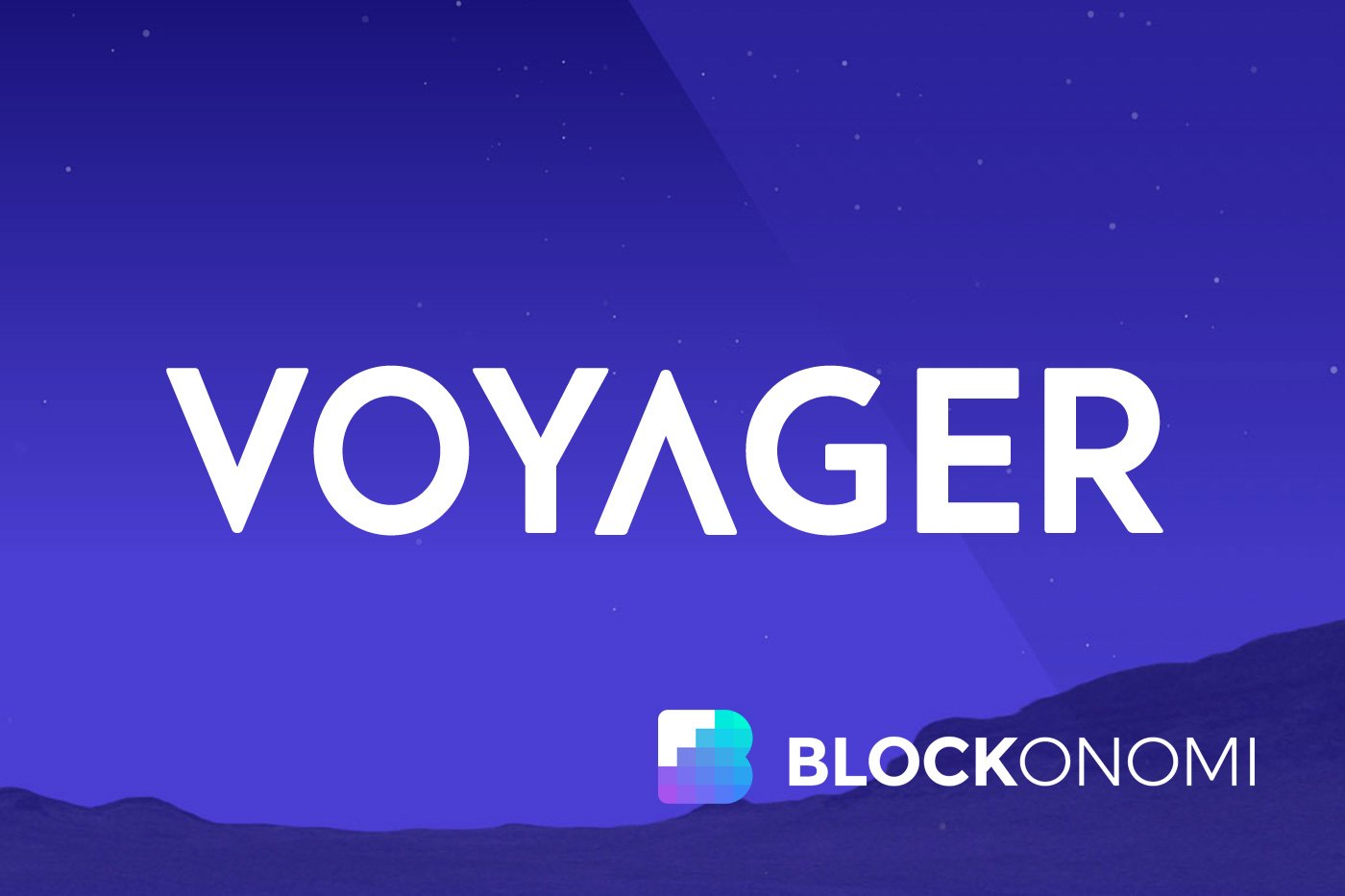Financially troubled lending platforms have fallen like a row of dominos. Toronto-based crypto broker Voyager Digital said Tuesday night that it filed for Chapter 11 bankruptcy under U.S. law in the Southern District Court of New York.
Voyager has been having a tough time since the bear market hit and the default of Three Arrow Capital (3AC). Hedge fund 3AC filed for bankruptcy under Chapter 15 of the U.S. Bankruptcy Code just last weekend.
Under Chapter 11, a debtor is allowed to maintain business management while restructuring and executing a repayment to the creditor within an acceptable schedule.
This form of bankruptcy is referred to as reorganization. In a word, Voyager is seeking bankruptcy protection that helps delay debt repayment.
During the period, Voyager will plan and implement a business restructure. If things go as planned and the recovery is successful, Voyager will escape bankruptcy, repay and stay in operation.
More Chaos With Voyager’s Failure
Sam Bank-Fried is the topic of discussion over the last few weeks due to his timely action to rescue the distressed crypto brokers.
Alameda Research Ventures LLC and Alameda Ventures Ltd. by Bankman-Fried are amongst over 100,000 creditors of Voyager. Added to the list is Google, according to the filing.
Rumors recently surfaced that there would be more companies following the failure of 3AC, following a separate statement of Sam Bank-Fried, FTX’s CEO.
Prior to the move, Voyager Digital halted withdrawals, deposits, and trading activities on the platform, saying it was due to the market conditions.
By the end of last month, the company announced the insolvency of Three Arrows Capital after the hedge fund failed to repay a $650 million loan in the form of 15,250 Bitcoin and $350 million USDC stablecoin.
A majority of factors have contributed to this event, but 3AC’s insolvency is the key, according to Voyager CEO Steven Ehrlich.
Ehrlich said in a statement, “Customers with crypto in their account(s) will receive in exchange a combination of the crypto in their account(s), proceeds from the 3AC recovery, common shares in the newly reorganized Company, and Voyager tokens.”
End of Centralized Finance?
A series of catastrophic events associated with CeFi crypto lending companies, whether it’s out of expectation, is showing the biggest flaw of this type of system.
Earlier this week, crypto lender Vauld halted operations and restructured due to financial struggles caused by the sharp drop in cryptocurrencies. Vauld is also in talks with other companies for the process of acquisition.
Default and bankruptcy are on a larger scale since many other cryptocurrency exchanges revealed having a stressful time and being urged to conduct layoffs. Major firms like Coinbase, Gemini, BitMEX, OSL, Abra, and Bullish have cut their workforce amid the global crisis.
Coinbase, the top-tier cryptocurrency exchange, cut off 18% of its workforce, equivalent to a 1,100 jobs reduction to cope with volatile market conditions.
What is the next scenario for Voyager? Companies often file for Chapter 11 bankruptcy if they need time to restructure their debts.
The Chapter 11 bankruptcy likely gives the debtor a “life-redo” button to build a fresh beginning. However, the terms are contingent on whether the debtor fulfills its obligations under the reorganization plan. In other words, it may not be the end of Voyager Digital.
Voyager can continue its operation during the reorganization. Staying in the business allows it to generate cash flow that assists the repayment process.
This also means that Voyager’s creditors have to accept the court’s decision and are unlikely to get full repayment if the filing is approved. With this move, another exchange has fallen.
Is it possible that Sam Bank-Fried will soon acquire Voyager Digital and execute repayment under reorganization?
We’ll see what happens…







































